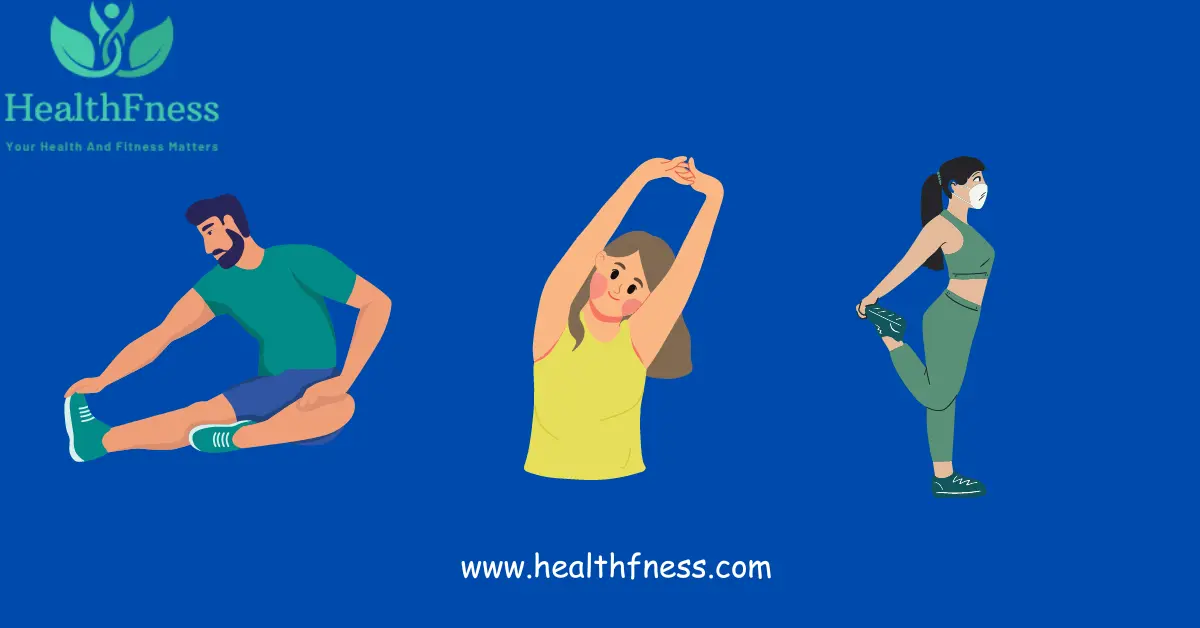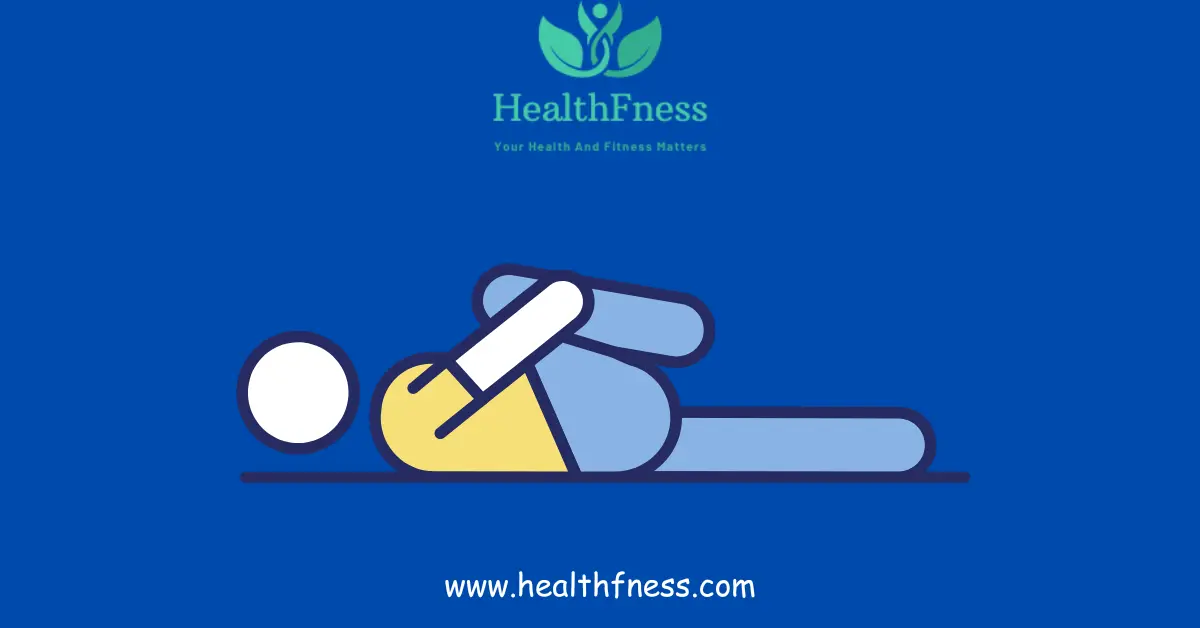Throughout the world, millions of people suffer from sciatica. It results in discomfort, suffering, and occasionally even debilitation(A state of extreme weakness, tiredness, or loss of strength both physically and mentally is referred to as debilitation.). It is crucial to comprehend this condition’s causes, symptoms, and potential therapies in order to manage it properly. Because if we are aware of our condition we can make wise decisions. So Let’s dive right in and go through all things which you need to know about it.
In the face of sciatica, remember that your pain does not define you; your determination to rise above it does.
Definition of Sciatica
Sciatica is a group of symptoms brought on by compression or irritation of the sciatic nerve rather than a true medical illness. The sciatic nerve, which extends from the lower back through the hips, buttocks, and each leg, is the longest nerve in the human body.
Sciatic Nerve Anatomy
The sciatic nerve is composed of nerve roots that emerge from the spinal cord in the lower back. Five nerve roots make up the structure: three from the sacral spine (S1, S2, and S3) and two from the lumbar spine (L4 and L5). The sciatic nerve, which governs sensation and motion in the legs, is made up of these nerve roots.
You May Also Like To Read: 5 Stretches For Lower Back Pain: Say Goodbye to Lower Back Pain
Causes of Sciatica
Sciatica can be caused by a variety of underlying problems. Typical causes include:
Herniated Discs
The sciatic nerve can get compressed when the soft discs that act as cushions between the vertebrae herniate or rupture, producing discomfort and irritation.
Spinal Stenosis
Narrowing of the spinal canal, also known as spinal stenosis, can place pressure on the sciatic nerve roots.
Piriformis Syndrome
The sciatic nerve can occasionally get irritated if the piriformis muscle in the buttocks spasms or tightens.
Spondylolisthesis
The sciatic nerve is compressed in this condition when a vertebra slides forward over the one below it.
Trauma or Injury
Sciatic nerve compression can result from injury to the spine or its surrounding tissues brought on by accidents or traumas.
You May Also Like To Read: 12 Best Yoga Poses For Neck and Shoulder Pain You Must Try!
Symptoms of Sciatica
Radiating pain along the sciatic nerve’s course is the primary sign of sciatica. Other typical signs include:
Shooting Pain
Sharp, shooting pain that originates in the lower back and travels down the leg is a common symptom of sciatica.
Numbness and Tingling
Numbness and tingling in the buttocks, legs, and feet may result from the sciatic nerve being compressed.
Muscle Weakness
The nerve’s ineffective capacity to convey information may result in weakness in the affected leg.
Radiating Pain
Sciatica pain can radiate into the foot and toes, making daily tasks difficult.
You May Also Like To Read: Can Stiff Person Syndrome Kill You? Causes, Symptoms, And Treatment
Diagnosing Sciatica
Your doctor will perform a complete evaluation if you exhibit symptoms that could be sciatica. The diagnosis can entail:
Physical Examination
Physical examination is the very first step to diagnose any disease. Your doctor will examine you physically and review your medical history to look for any signs of discomfort, weakness, or slow reflexes.
Walking Test
The patient is instructed to walk a short distance during the walking test, usually in a straight line. The medical professional examines the patient’s stride and the patient’s pain or symptoms as they vary throughout the exercise.
Imaging Tests
The structures of the spine can be seen and any anomalies or compressions can be found using X-rays, MRI scans, or CT scans.
Electromyography (EMG)
This examination monitors the electrical activity in the muscles to check the sciatic nerve’s health.
You May Also Like To Read: Dextroscoliosis Of The Thoracic Spine: Causes, Treatment, And Awesome Exercises
Sciatica Treatment
The underlying reason and the degree of the symptoms will determine the sciatica treatment strategy. Typical forms of treatment include:
Conservative Approaches
The majority of sciatica patients can be treated conservatively with rest, ice or heat therapy, and over-the-counter analgesics. Here we explain ice and heat therapy you can easily do this at home:
Heat and Ice Therapy
Ice or heat can be used on the affected area to assist reduce swelling and relieve pain. Several times per day, use a heating pad or warm compress for around 15-20 minutes. To minimize swelling and numb the region instead, put an ice pack wrapped in a cloth for 15 to 20 minutes. Use a handkerchief to shield your skin from coming into contact with the ice.
Medications
To treat pain and reduce inflammation, doctors may give muscle relaxants and non-steroidal anti-inflammatory medications (NSAIDs).
Physical Therapy
Stretches and exercises specifically designed to increase flexibility and strength can assist lessen the discomfort of the sciatic nerve.
Chiropractic Care
Spinal adjustments are procedures that chiropractors utilize to straighten the vertebrae and release pressure from the sciatic nerve.
Injections
Direct injections of corticosteroids can be given to treat pain and reduce inflammation in the afflicted area.
Surgery
This is the last treatment option left if any of the above does not work for the patient. Surgery may be undertaken to release pressure on the sciatic nerve in extreme circumstances or when nonsurgical treatments are unsuccessful.
Types Of Surgeries Done to Cure Sciatica
The recommended operation will vary depending on the underlying cause of the sciatica. The following are some frequent surgical procedures used to treat sciatica:
Laminectomy
The lamina, a piece of the vertebral bone, is removed during this treatment to widen the spinal canal and relieve pressure on the sciatic nerve. When the spinal canal narrows and compresses the nerve roots, laminectomy is frequently carried out.
Discectomy
A herniated disc that is pushing on the sciatic nerve is treated by a discectomy to remove the affected area. By making a small incision in the back, the surgeon can reach the injured disc, relieving pressure on the nerve and causing pain.
Microdiscectomy
A tiny incision is used in this minimally invasive discectomy procedure to remove the herniated disc material under a microscope. It seeks to lessen tissue damage and speed up recovery.
Lumbar Decompression
The sciatic nerve is compressed by structures such as bone spurs or thicker ligaments, which are removed during this treatment. It aids in releasing tension from the nerve roots.
Spinal Fusion
A spinal fusion may be carried out in specific circumstances, notably when there is instability in the spine or a degenerative disease. By joining two or more vertebrae, this procedure helps stabilize the spine but may also restrict some motion.
You May Also Like To Read: Best Sleeping Position For Breathing Problems
Preventive Measures
For long-term management, preventing sciatica from returning is essential. Preventative steps include:
Exercise and Stretching
Stretching the piriformis

Hamstring Stretch
Knee-to-Chest Stretch

Proper Posture
Lower back strain can be reduced by sitting, standing, and lifting heavy objects with excellent posture.
Lifting Techniques
The spine can be protected from damage by using suitable lifting techniques, such as bending at the knees rather than the waist.
Healthy Weight Management
The risk of sciatica can be decreased and pressure on the spine can be relieved by maintaining a healthy weight.
Living with Sciatica
Adopting specific coping mechanisms is necessary for managing pain and preserving a high quality of life when dealing with chronic sciatica.
Coping Strategies
The difficulties of living with sciatica can be overcome by asking for aid from loved ones and partaking in stress-relieving activities.
Lifestyle Modifications
Making lifestyle adjustments can reduce discomfort, such as avoiding prolonged sitting and choosing ergonomic furniture.
Sciatica in Pregnancy
The increased strain on the spine and sciatic nerve during pregnancy might result in sciatica. Prenatal care and gentle exercise can ease discomfort.
When to Seek Medical Attention
It’s critical to get medical assistance right away if sciatica symptoms intensify or continue. In rare circumstances, an urgent intervention may be needed due to a more serious underlying problem.
FAQS
Can sciatica be cured?
With the right therapy and self-care, sciatica is frequently efficiently controlled, and many sufferers see a considerable reduction in their symptoms. It's crucial to realise, though, that there may be some exceptions to the sciatica "cure" rule.
Does walking help sciatica?
Yes, walking can relieve sciatica pain, but it must be done carefully and moderately. Walking is regarded as a low-impact exercise that has several advantages for those with sciatica.
What is the fastest way to cure sciatica?
Because the underlying reason and severity of the problem vary, it is frequently impossible to entirely cure sciatica in the shortest amount of time.
What is best treatment for sciatica?
The underlying reason, the intensity of the symptoms, and personal circumstances all affect which treatment is most effective for sciatica. Conservative methods are typically successful in treating sciatica.
Conclusion
Sciatica can be a debilitating ailment that interferes with daily life and general well-being. Effective management requires a thorough understanding of the condition’s etiology, symptoms, and potential treatments. Sciatica patients can find relief and enjoy happy lives by taking preventive actions and getting the right medical care.
Video Credits:

